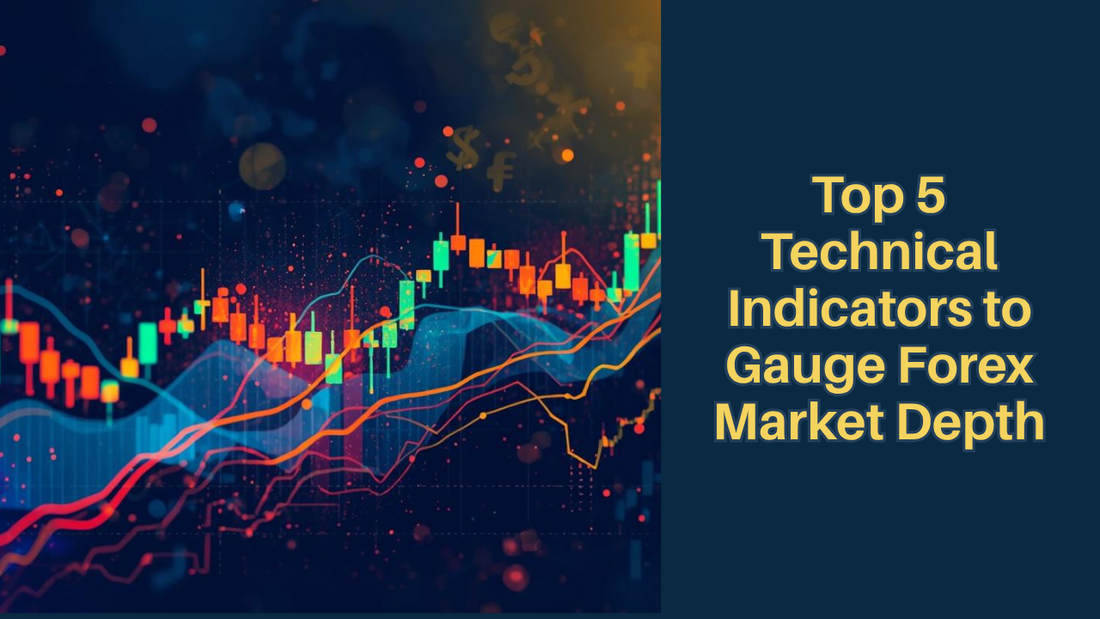
Top 5 Technical Indicators to Gauge Forex Market Depth
Share
When it comes to trading in the foreign exchange market, having a deep understanding of market depth is crucial for making informed decisions. Market depth refers to the ability to see both the buy and sell orders in the market and how they are stacked at different price levels. To gauge market depth effectively, traders often rely on technical indicators that provide valuable insights into market dynamics. Here are the top 5 technical indicators to help you gauge forex market depth:
1. Order Book
The order book is a fundamental tool that displays a real-time list of buy and sell orders for a particular currency pair. By analyzing the order book, traders can see the depth of the market at different price levels, helping them identify potential support and resistance levels. A thick order book indicates a strong market depth, while a thin order book suggests a lack of liquidity.
2. Volume Profile
Volume profile is a technical indicator that shows the trading activity at different price levels over a specific period. By plotting the volume profile on a chart, traders can visualize where the majority of trading volume is concentrated. High volume nodes indicate significant areas of interest, while low volume areas suggest potential price levels where the market may struggle to move through.
3. Market Depth Indicator
The market depth indicator provides a visual representation of the buy and sell orders in the market beyond the best bid and ask prices. By showing the distribution of orders at different price levels, this indicator helps traders assess the overall market sentiment and potential price movements. A balanced market depth indicates a stable market, while an imbalance may signal a potential shift in direction.
4. Liquidity Ratio
The liquidity ratio is a metric that compares the volume of orders at the current market price to the total trading volume. A high liquidity ratio suggests a deep market with ample trading opportunities, while a low ratio indicates a lack of liquidity and potential price volatility. Traders use the liquidity ratio to gauge the market's ability to absorb large orders without causing significant price fluctuations.
5. Depth of Market (DOM)
The depth of market, also known as the DOM or level 2 quotes, displays the real-time order book data for a particular currency pair. Traders can see the current bid and ask prices, along with the volume of orders at each price level. By monitoring the DOM, traders can assess the market depth and identify potential areas of supply and demand. A dynamic DOM with frequent updates indicates an active market with robust liquidity.
By incorporating these top 5 technical indicators into your trading strategy, you can gain valuable insights into forex market depth and make more informed trading decisions. Remember to combine technical analysis with fundamental factors to develop a comprehensive understanding of the market dynamics. With the right tools and knowledge, you can navigate the complexities of the forex market with confidence.



